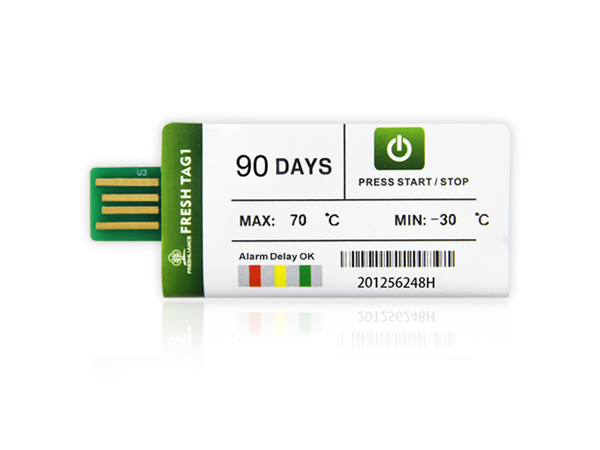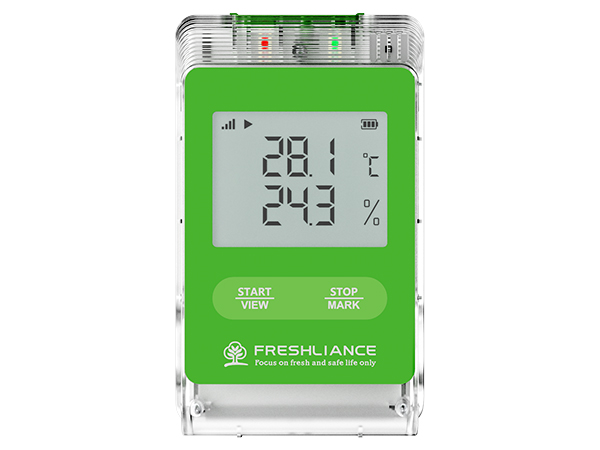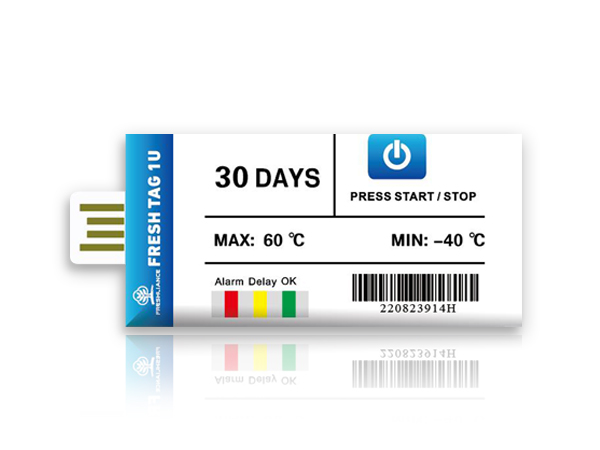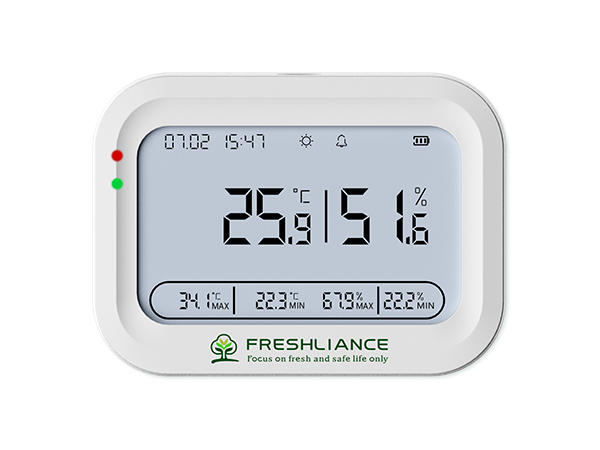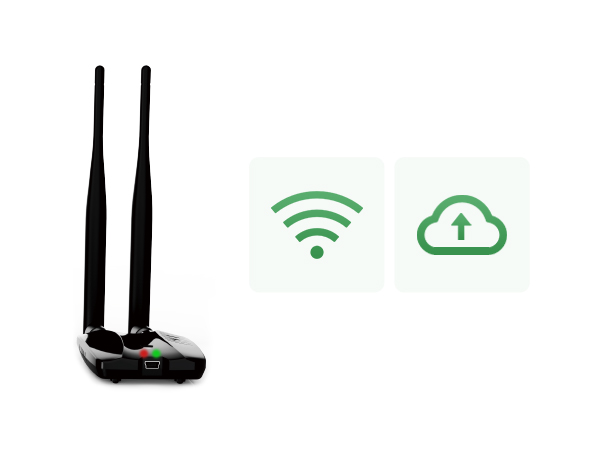Cultural relics are easily affected by environmental factors such as temperature and humidity even if kept in a museum. Changes in the environment will cause deterioration or damage to cultural relics. Therefore cultural relics require temperature data loggers to check and record the temperature during the preservation process.
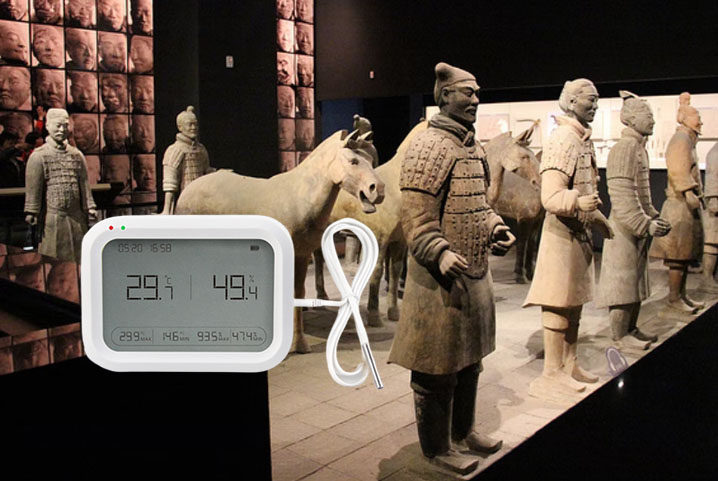
Generally speaking, as a single factor, the influence of air gradient in museums on cultural relics is not very obvious. However, because of the simultaneous existence of light and various gases in the environment, when the cultural relics in museums are affected by these factors, certain chemical reactions will take place, and the temperature plays an accelerating role in the subsequent reactions. In addition, it should be noticed that the change in temperature will also cause a change in relative humidity, which will have an impact on cultural relics. Compared with temperature, humidity has a more obvious impact on cultural relics. The change of relative humidity has different effects on the preservation of many cultural relics in the library. At this time, the museum must use a temperature and data logger to measure and record the temperature and humidity of the cultural relics in the collection at any time, so as to avoid damage to the important cultural relics.
When the humidity in the air of museums is high, they are easy to absorb water, causing hydrolysis, weight gain, volume expansion, and other phenomena. When the humidity in the air is low, the cultural relics will release internal moisture and produce shrinkage and cracking. Different cultural relics have different reactions to relative humidity. That silk, wool, cotton, hemp, paper, bamboo, and wood of animal and plant fiber materials are sensitive to humidity, especially silk fabrics and books. Therefore, the paperless temperature recorder can record and detect the temperature and humidity of indoor cultural relics at this time. When the special situation is slightly obvious, the staff members can record and detect the temperature and humidity of indoor cultural relics. Deployment can be made as soon as possible.
The temperature and humidity management of the museum is more complicated than in other places. Because of the variety of museum collections, such as the metal cultural relics, paper, and textile cultural relics, and wooden lacquer cultural relics. Different culture relics need different temperatures and humidity. Considering the characteristics of different collections, there will be higher technical requirements for temperature and humidity data loggers.
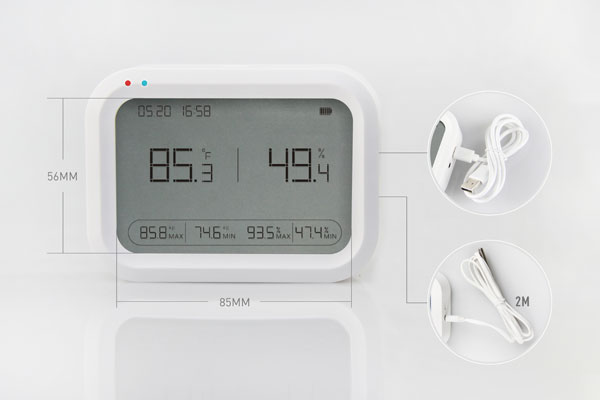
COEUS-UEX Ultra Low Temperature and Humidity Data Logger feature a wide temperature measurement range from -90℃/-200℃ to +70℃ and high accuracy of ±0.5℃. This makes it meet different demands for the environmental temperature and humidity in different areas of the museum.
This temperature and humidity data logger is equipped with a large LCD screen for intuitive display. The logging interval can be configured from 10 seconds to 2 hours. Current temperature and humidity values, Max. and Min. temperature and humidity values, Mark event, date, and time, you can see all these real-time information directly on this large LCD screen.
You can set up 3 groups of high and low alarms on our configuration software. Once the temperature and humidity data is abnormal, the logger will display an LCD indication and audible and visual alarms. It will aloud 70dB with 3 meters so that the museum staff can find the abnormal status and adjust temperature and humidity or bring the cultural relics out of the dangerous surroundings.
The built-in PDF or CSV file generation function enables this Temperature and Humidity Data Logger to directly generate irreversible data reports in PDF or CSV format by connecting the logger with the PC, with no software required. With these reports, a reliable database can be established, which is of great significance to the stability of cultural relics and the recovery of cultural relics after damage.

 English
English Español
Español Русский
Русский Français
Français Deutsch
Deutsch عربي
عربي 中文
中文